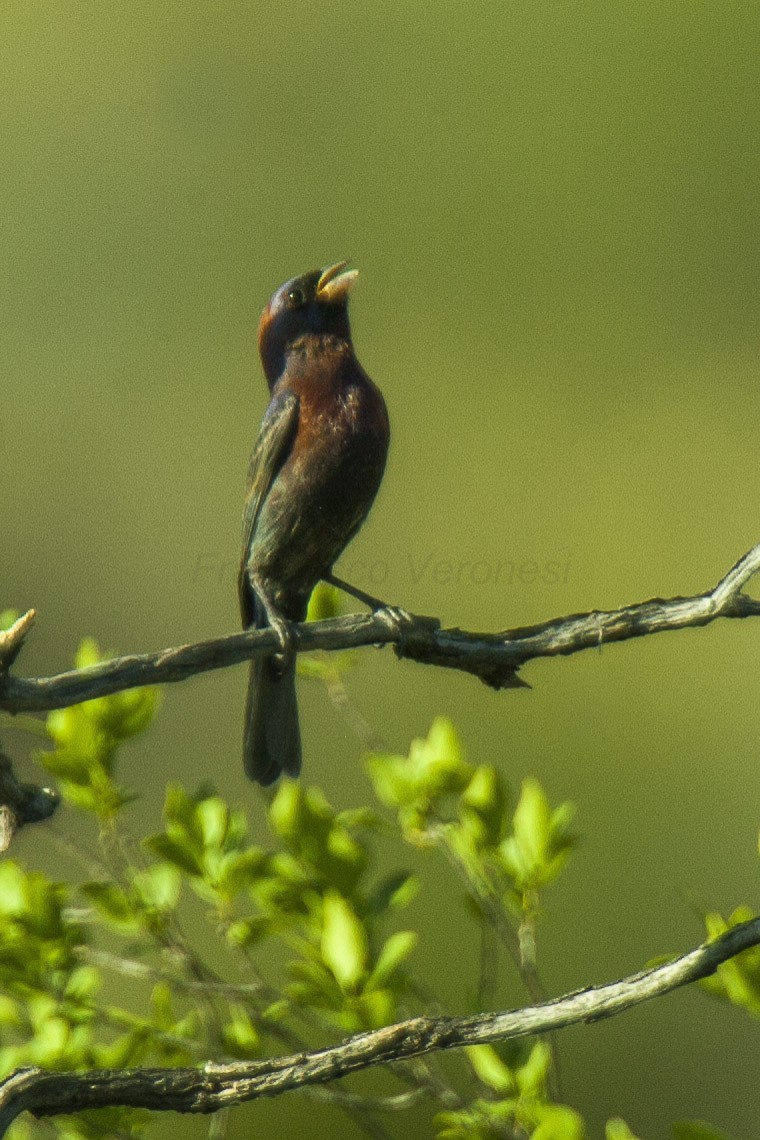Varied Bunting
A species of North american buntings Scientific name : Passerina versicolor Genus : North american buntings
Varied Bunting, A species of North american buntings
Botanical name: Passerina versicolor
Genus: North american buntings
Content
Description General Info
 Photo By Francesco Veronesi , used under CC-BY-SA-2.0 /Cropped and compressed from original
Photo By Francesco Veronesi , used under CC-BY-SA-2.0 /Cropped and compressed from original Description
The varied bunting (Passerina versicolor) is a species of songbird in the cardinal family, Cardinalidae. The range of the varied bunting stretches from the southern parts of Arizona, New Mexico, and Texas in the United States south throughout Mexico as far as Oaxaca. Small disjunct populations occur in the state of Chiapas in Mexico and southeastern Guatemala. This stocky bird has a short tail and rounded bill. It is 11–14 centimetres (4.3–5.5 in) long, has a wingspan of 21 centimetres (8.3 in), and weighs 11–13 grams (0.39–0.46 oz). Breeding males are purple-red with a bright red patch on the nape, which becomes browner in the fall. Females are plain light brown, resembling the female indigo bunting but lacking streaking on the breast. Varied buntings inhabit deserts and xeric shrublands, preferring thorny brush thickets, thorn forests, scrubby woodlands, and overgrown clearings. They forage on the ground for insects, fruit, and seeds. Varied buntings weave open-cup nests of grass and spider webs in the outer branches of thorny shrubs, usually near water. Females lay two to five bluish-white to bluish-green eggs, which they incubate for about fourteen days. The young are fully feathered after 10 days, and are ready to leave the nest several days later. 
Size
13-14 cm (5-5.5 in)
Nest Placement
Shrub
Clutch Size
2 - 5 eggs
Feeding Habits
Varied Bunting consume insects, seeds, and cactus fruits, foraging in vegetation or on the ground, often in pairs or small flocks. They exhibit wing and tail twitching to flush out insect prey, capture flying insects mid-air, hover-glean, or probe bark crevices, and soften prey before ingestion. Diet includes moth and butterfly larvae, grasshoppers, termites, and various grass and cactus seeds.
Habitat
Varied Bunting typically inhabit arid thorn forests and shrublands, favoring areas such as canyons, arroyos, stream corridors, and desert washes. They are found at elevations from near sea level up to 4,000 feet. These birds prefer dense vegetation for cover and nesting, frequenting thickets and brush, especially those dominated by plants like acacia, mesquite, willow, and various cacti species. They are known to occupy overgrown, scrubby clearings but steer clear of urban and suburban areas, rarely if ever approaching bird feeders.
Nest Behavior
The female varied Bunting, after examining the territory with the male, selects the site and constructs the nest. The species exhibits egg-laying and rearing patterns characteristic of many passerines, with specific timing and parental roles likely varying by individual and location.
Nest Characteristics
Varied Bunting's typical nest is a 3-inch wide, 2.5-inch tall cup-shaped structure built approximately 3 feet off the ground on an outer branch of a thorny shrub or small tree. It utilizes grasses and wildflowers, with an interior lining of finer grass and hair.
Dite type
Insectivorous
General Info
Feeding Habits
Bird food type
Bird Feeder Type

Platform

Small Tube Feeder
Sounds
Call
Recording location: Mexico
Song
Recording location: Mexico
Behavior
Varied Bunting engage in distinct territorial and mating behaviors. With the return of spring, males sing to establish territories, a practice intensified by summer rains. They exhibit site fidelity, often reclaiming previous years' ranges. Each territory spans approximately 9-36 acres. Though arriving later, females and young males maintain monogamy throughout the breeding season. Males vocalize from various perches and aggressively defend mates against rivals, accepting only juvenile males once nesting begins. Foraging behavior shows an initial male-led pattern, which switches to female-led with nest construction. Both sexes share reproductive duties including incubation and chick-rearing. Post-fledging, varied Bunting may forage in groups before migrating to Mexico, occasionally joining other seed-eating species in winter.
Species Status
Not globally threatened.
Scientific Classification
Phylum
Chordates Class
Birds Order
Perching birds Family
Cardinals Genus
North american buntings Species
Varied Bunting